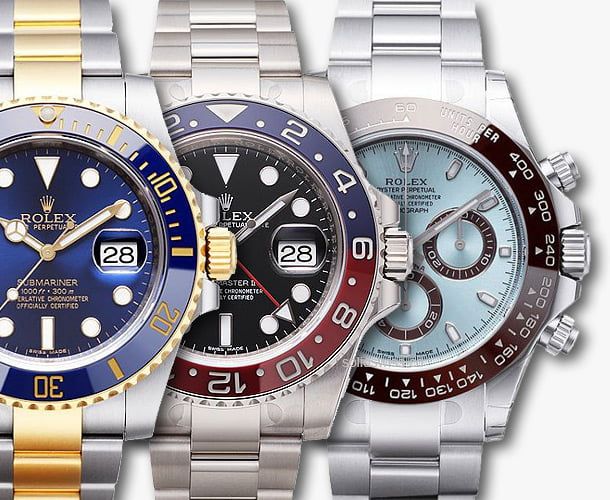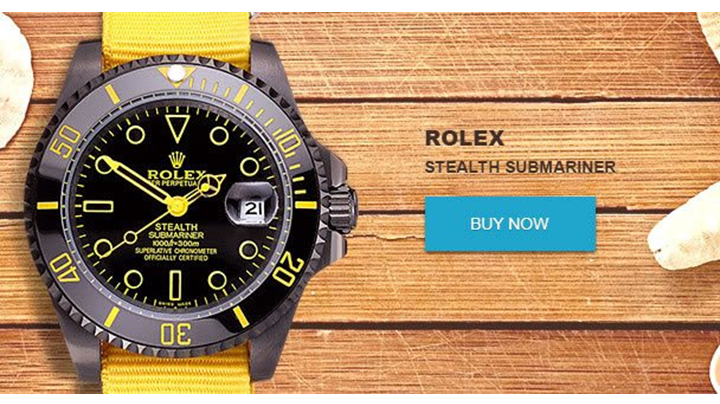The demand for replica watches continues to grow, offering an affordable way to enjoy the look and feel of luxury timepieces without breaking the bank. However, not all replica watches are created equal. Spotting a high-quality replica watch requires attention to detail, knowledge of craftsmanship, and awareness of trusted sources.
In this article, we’ll guide you through the essential factors to consider when identifying a good replica watch and how to avoid common pitfalls.
1. Understand the Different Grades of Replica Watches
Replica watches are often categorized by their quality, which affects their appearance, durability, and overall value.
- AAA Grade: These are basic replicas with noticeable differences from authentic models. They are usually low-cost but lack precision.
- Swiss Replica: These are considered top-tier replicas, made with higher-quality materials and often featuring Swiss movements. They closely resemble the original watches and are more durable.
If you’re looking for a good replica watch, aim for Swiss-grade replicas or those described as “1:1 replicas.”
2. Examine the Materials Used
A good replica watch uses materials that mimic the original model:
- Case and Bracelet: Look for watches made from 904L stainless steel or high-quality metals. Cheap replicas may use lightweight or poorly finished materials.
- Crystal: Sapphire crystal, commonly used in authentic luxury watches, is a sign of a high-end replica. Lower-quality replicas often use mineral glass.
- Dial Details: The watch face should feature sharp, clear lettering and correctly aligned markers.
3. Inspect the Movement
The movement is the heart of any watch. In a good replica watch, the movement should function smoothly and closely resemble the original:
- Automatic Movement: High-quality replicas often feature automatic (self-winding) movements, which mirror the mechanisms of authentic watches.
- Swiss vs. Asian Movements: Swiss movements are more accurate and durable, while Asian movements are less expensive but may lack precision.

4. Compare to the Original Model
Having a reference image or specifications of the original watch is crucial when evaluating a replica:
- Weight: A quality replica will have a similar weight to the original, reflecting the use of premium materials.
- Logo and Branding: Authentic-looking logos and branding are key. Poor replicas often have misaligned or incorrect engravings.
- Functions: Ensure features like chronographs, bezels, or date windows work properly and are positioned accurately.
5. Evaluate Craftsmanship
Pay close attention to the craftsmanship of the watch:
- Edges and Polishing: High-end replicas have smooth, polished edges without rough or sharp areas.
- Bracelet Fit: The bracelet should fit snugly and securely, with a sturdy clasp mechanism.
- Engravings: Check for clean, precise engravings on the case back and clasp, which indicate attention to detail.
6. Buy from Trusted Sellers
Choosing the right seller is essential to finding a good replica watches. Here’s how to identify trustworthy dealers:
- Reputation: Look for online reviews, especially on platforms like Reddit’s r/TimeVip, and seek recommendations from experienced buyers.
- Transparency: A reliable seller will provide clear photos, detailed descriptions, and open communication about the watch’s specifications.
- Return Policy: Ensure the seller offers a return policy in case the watch does not meet your expectations.
7. Be Cautious About Price
While replica watches are more affordable than authentic models, high-quality replicas won’t be dirt cheap. Extremely low prices often indicate subpar craftsmanship. A good replica typically costs between $200 and $800, depending on the brand and quality.
8. Test the Watch in Person (If Possible)
If you have the opportunity to inspect the watch in person:
- Feel the Weight: A high-quality replica will feel substantial and well-balanced.
- Check the Hands: Watch the movement of the second hand. Smooth sweeping indicates a well-made automatic mechanism, while ticking may suggest a quartz movement.
- Test the Clasp: Ensure the clasp is secure and functions smoothly.
9. Avoid Common Pitfalls
Here are some red flags to watch out for when shopping for replica watches:
- Unrealistic Claims: Be wary of sellers claiming their replicas are “100% identical” to the original, as no replica is perfect.
- Low-Quality Images: If a website features blurry or stock photos, it could be a scam.
- No Reviews: Avoid dealers without reviews or online presence.
10. Maintain Your Replica Watch
Once you’ve purchased a good replica, maintaining it will ensure it lasts longer:
- Regular Cleaning: Wipe down your watch with a soft cloth to remove dirt and sweat.
- Service the Movement: Have the movement serviced periodically to keep it functioning smoothly.
- Avoid Water Damage: Unless specified as water-resistant, avoid exposing your replica watch to water.
Conclusion
Finding a good replica watches requires patience, research, and attention to detail. By focusing on materials, craftsmanship, and trusted sellers, you can enjoy a high-quality timepiece that looks and feels like a luxury original.
Whether you’re new to replica watches or looking to upgrade your collection, following these tips will help you make a confident and informed purchase. Happy shopping!

